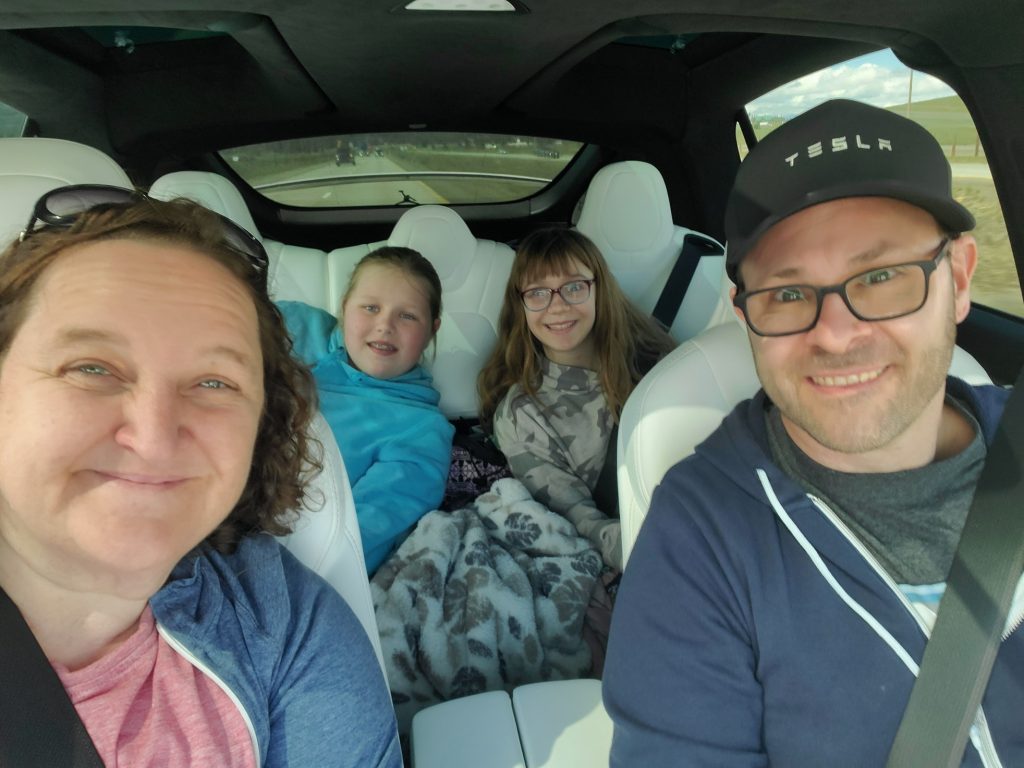That new shirt is a little busy.
I called you but got the busy signal.
She is quite the busy body.
We use the word busy in a wide range of contexts.
I want to talk about the way we use the word busy as an excuse.
Sorry, I missed your call. I was busy.
I had such a busy week.
Oh Friday night? No. I’m busy.
My husband and I recently challenged ourselves to stop saying we are busy and pinpoint what we really mean.
Instead of saying we had a busy day at work, we specify we had a day full of meetings or we were caught up in a stressful project.
Instead of saying we are too busy to attend the event, we clarify that we have already chosen to do something else.
‘Crazy-busy’ is a great armor, it’s a great way for numbing. What a lot of us do is that we stay so busy, and so out in front of our life, that the truth of how we’re feeling and what we really need can’t catch up with us. – Brene Brown
Now this isn’t easy. I often find myself wanting to say I had a busy day when I get home. I’m tired and I don’t want to explain all the ins and outs of my day.
It is also difficult to tell someone politely that you don’t want to attend their event. Simply saying I’m busy is a smoother reason than saying my evening television program can’t be missed.
Pulling the busy card is an accepted excuse in our society. Busy-ness is form of status in our fast-paced culture. In fact, I’ve had friends who hand me that excuse.
Oh, you are such a busy person. I totally understand why you couldn’t make time to visit with me.”
Ouch. That hurts. I don’t want to be too busy for the people in my life who matter and avoiding the word busy requires me to expose how I’m spending my time. It reminds me of my ability to choose how I it. I’m not obligated to be busy. I have a choice about where my 24 hours a day are spent.
Beware the barrenness of a busy life. – Socrates
It is entirely possible to have a busy life and not have a fulfilled life. I now often say that I had a full day. That I spent most of the time being active and working towards my goal.
Being busy does not always mean real work. The object of all work is production or accomplishment and to either of these ends there must be forethought, system, planning, intelligence, and honest purpose, as well as perspiration. Seeming to do is not doing. – Thomas A. Edison
Is busy-ness something that you struggle with? Take the challenge and see if it changes your perspective on your time and how it is spent this week.
Inaction breeds doubt and fear. Action breeds confidence and courage. If you want to conquer fear, do not sit home and think about it. Go out and get busy. – Dale Carnegie
